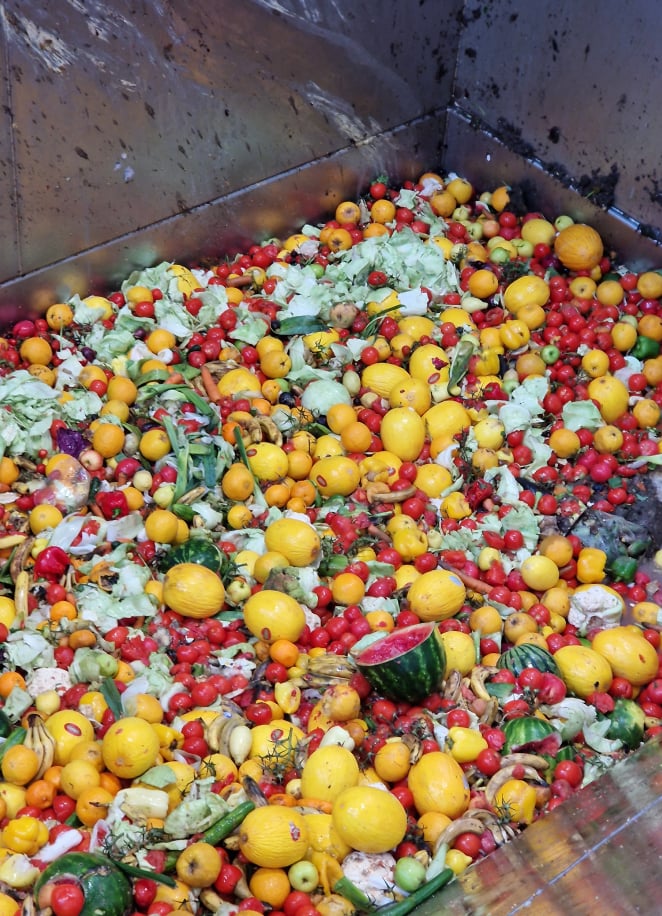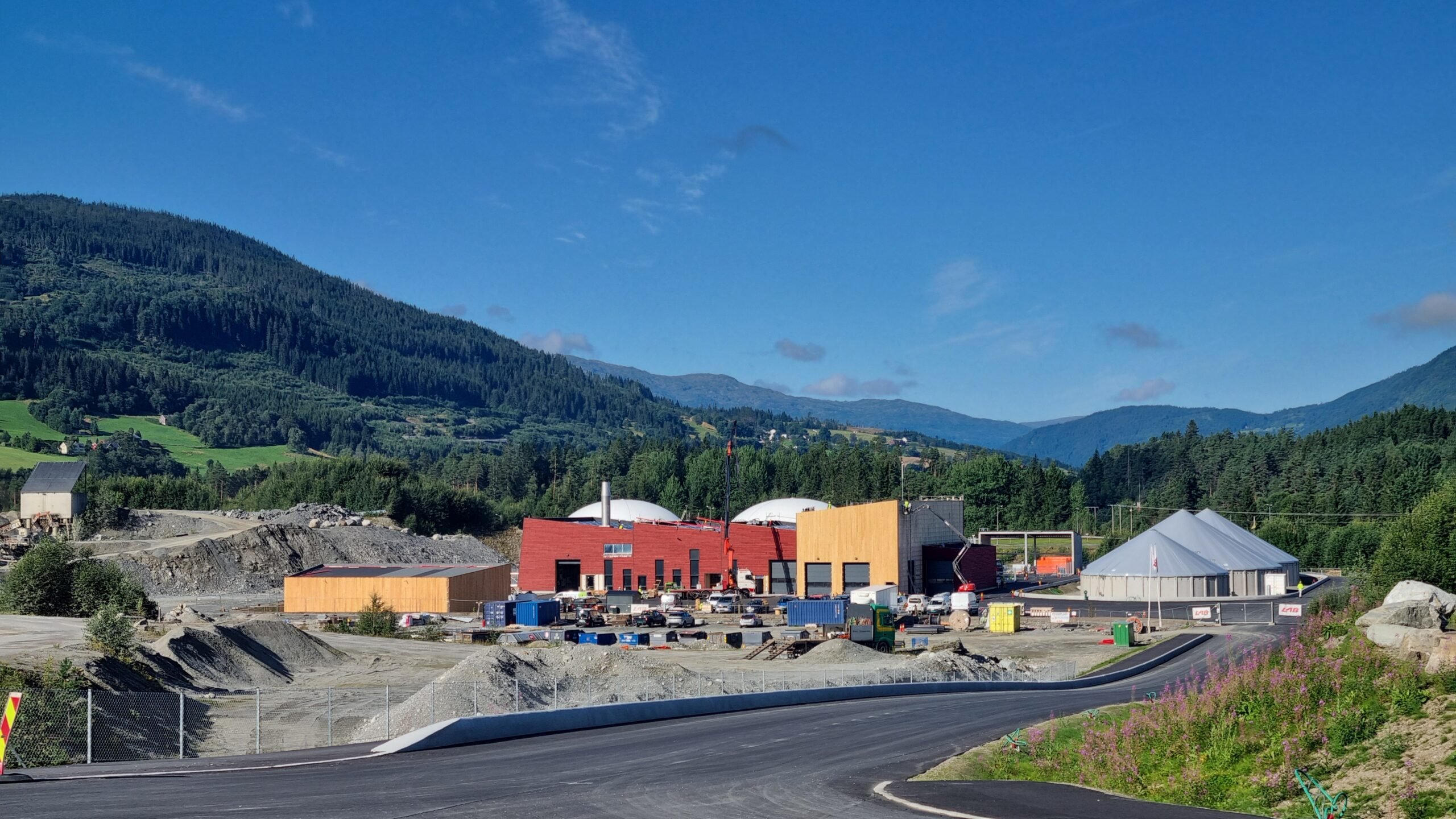

A biogas plant consists of many different parts, from the reception and pre-treatment of organic waste to gas processing and logistics solutions. The key to the success of the whole project is to understand the overall process and to find the most suitable technologies for your own use and make them work well together. There is no single best technology, but the best overall solution must be found for each situation and need. This is at the heart of Biovoima's work as a technology-neutral operator. We work with you to map out the project's starting point and objectives and design the overall solution accordingly. We provide you with turnkey installations from planning to commissioning and operation.


With a biogas plant, you can turn organic waste and side streams into outputs, producing cost-effective renewable energy and fertiliser. The biogas produced can be used to generate electricity and heat or processed into biomethane, which can be used as a transport fuel or fed into the natural gas grid as a substitute for fossil gas. Plant sizes are almost infinitely scalable and biogas producers and/or users typically include:

Biogas is the gas mixture produced when organic waste rots under anoxic conditions. Biogas is formed naturally, for example in landfills, but biogas plants produce it in a controlled and efficient way from waste streams that would often go unused. Depending on the feedstock, biogas is 50-70 % of methane, which has excellent fuel properties. One cube of methane is equivalent in energy content to one litre of diesel oil and requires, for example, about 7 kg of bio-waste. The rest of the gas mixture is mainly carbon dioxide.
With the exception of wood, almost all organic material is suitable for biogas production. Typical biogas plant feedstocks include:

The payback period for a biogas plant can be only a few years at best. However, it depends on a number of factors, the most important of which are:
If you contact us, we will be happy to help you with the profitability assessment and related calculations.
The use of biogas as a fuel has undeniable positive environmental effects. It is a 100 % renewable and therefore carbon neutral fuel, it produces no particulate emissions and it does not contain sulphur or heavy metals. As a car fuel, biogas upgraded to biomethane can reduce greenhouse gas emissions throughout the life cycle of the production process 85-95 %.
In addition, biogas production prevents the release of methane from the decomposition of organic waste in landfills or on farms, which is an ecological act in itself, as methane is 25 times more powerful as a greenhouse gas than carbon dioxide.


© 2025 Biovoima
Privacy policy
